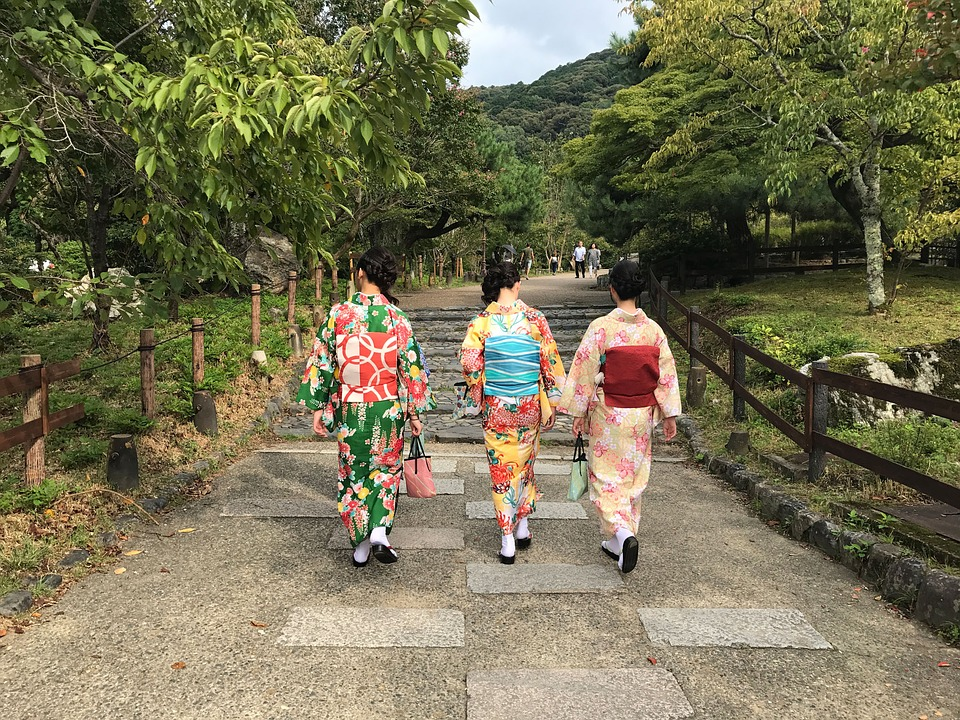The world is filled with true stories of people so devoted to their craft that they’re able to change the world in their own way. From humble beginnings, these individuals work their hardest under often difficult circumstances to make achievements few would ever get to match. Even more incredible is the fact that these contributions have made an impact on the world and continue to have a positive effect on international relations. One such individual is known as Itchiku Kubota, a man who found himself mesmerised by a piece of cloth that seemed to exude a sense of mystery – the catalyst which led to him reviving a dying process for kimonos to make his mark on the world.
Kubota’s collection today
Unfortunately, Itchiku Kubota is no longer with us, but his stunningly beautiful creations continue to be an inspiration for cultures all over the world. Thanks to the efforts of the International Chodiev Foundation, the exhibit of the Kubota Collection continues to be toured and experienced by millions of people. The particular dying process that gives his kimonos an irresistible charm is a product of a lifetime of work; Kubota’s efforts to revive the near-ancient process called Tsujigahana. Not only did he succeed in restoring this process, but he was also able to give it his spin thanks to dozens of years of experience in the creation of kimonos.
The result is the very same cloth that a young Itchiku Kubota found that fateful day – the material that exuded mystery and magnificence. It’s almost ironic how the people of today find themselves staring at Kubota’s collection the same way the man himself had stared all those years ago.
A lifetime of hardship
Like most struggling artisans, life was not particularly kind to Itchiku Kubota. He was drafted to the frontline during the war and suffered a terrible defeat which ended with him being detained in Siberia. No matter what life threw at him, however, the young man never forgot the beautiful cloth he had seen, and his passion for recreating it only grew as time went on. There was a nearly overwhelming amount of trial and error involved with Tsujigahana, as he didn’t have too much to go on. Finally, in his sixties, he had perfected his own personal style of Tsujigahana and was truly able to master his craft.
Fortunately, his efforts did not go unrewarded. Even though he was not looking for worldwide recognition, people around the world took an interest in his dying process which he named Itchiku Tsujigahana. So beautiful were these kimonos that the collection was toured around the world and he gained recognition through the French Arts and Culture Medal, awarded to him during 1990.
It is no stretch to say that this collection has played a hand in improving Japanese relations with many of the countries that the Kubota Collection has toured in. Thanks to the efforts of organisations looking to bridge relationships between countries, Itchiku Kubota’s masterpieces continue to be highly regarded all over the world.
Image: Pixabay.com






